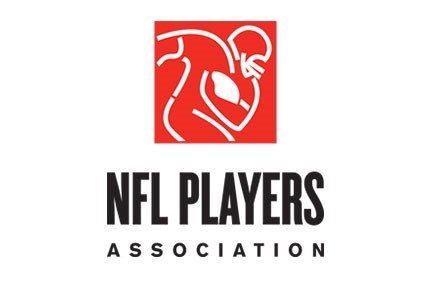THE SCIENCE OF NON VERBAL COMMUNICATION
I have read for years that what we communicate non-verbally is about 90% of what the audience interprets. It was not until recently that I ran into the neuroscience to corroborate this widely-held view. In a study of brain activity, subjects were shown 3-5 minute videos of people speaking to them. Their brains were attached to scanners that allowed neuroscientists to see visually both the level of activity in the brain, and also the specific locations (neuropathways) of the activity. In the study, the same videos were shown twice; once with the audio on and another with it off. The sequence were altered with different speakers. The results showed that the activity levels were essentially the same with or without audio. In other words, the actual verbal words used accounted for very little of what the listener’s brain was processing. This proved the belief that our actual words play only a small role in communication.
The troubling point of note is how little attention we pay to our non verbals, especially as a leader, to our communications. It is almost like speaking to an English-speaking audience in Japanese 90% of the time, in English 10% and expecting them to understand you clearly and then follow you.
The other part of the study showed that the location of the neuropathways changed in both cases as soon as the tone of the speaker became aggressive. Once the speaker became harsh, either in tone, volume, words or their non verbal behavior (frowning eyes, pointing fingers, tight jaws/lips, etc), then the neuropathways went to our negative memory bank. Even slight negativity of the speaker resulted in triggering of negative memories (red state), mostly subconsciously, resulting in an immediate defensive posture by the listener. Any type of collaboration or innovation in this condition is severely diluted as those pathways were in a different location.
This week, pay very close attention to your non verbal communication. Take a chance and change your non-verbals/verbals to an aggressive posture on purpose, and gauge the listeners response. See the impact you have on the person and the situation. Observe their eyes, body language, etc and note whether what you say is having a positive (Green) or negative impact (Red). Debrief with the person and tell them you did that intentionally and ask them how they felt when you changed to the negative. If you are brave enough, ask them how often you do that without knowing it. You will learn a great deal about yourself and in the process, be better at using your most valuable tool – your ability to communicate.




















